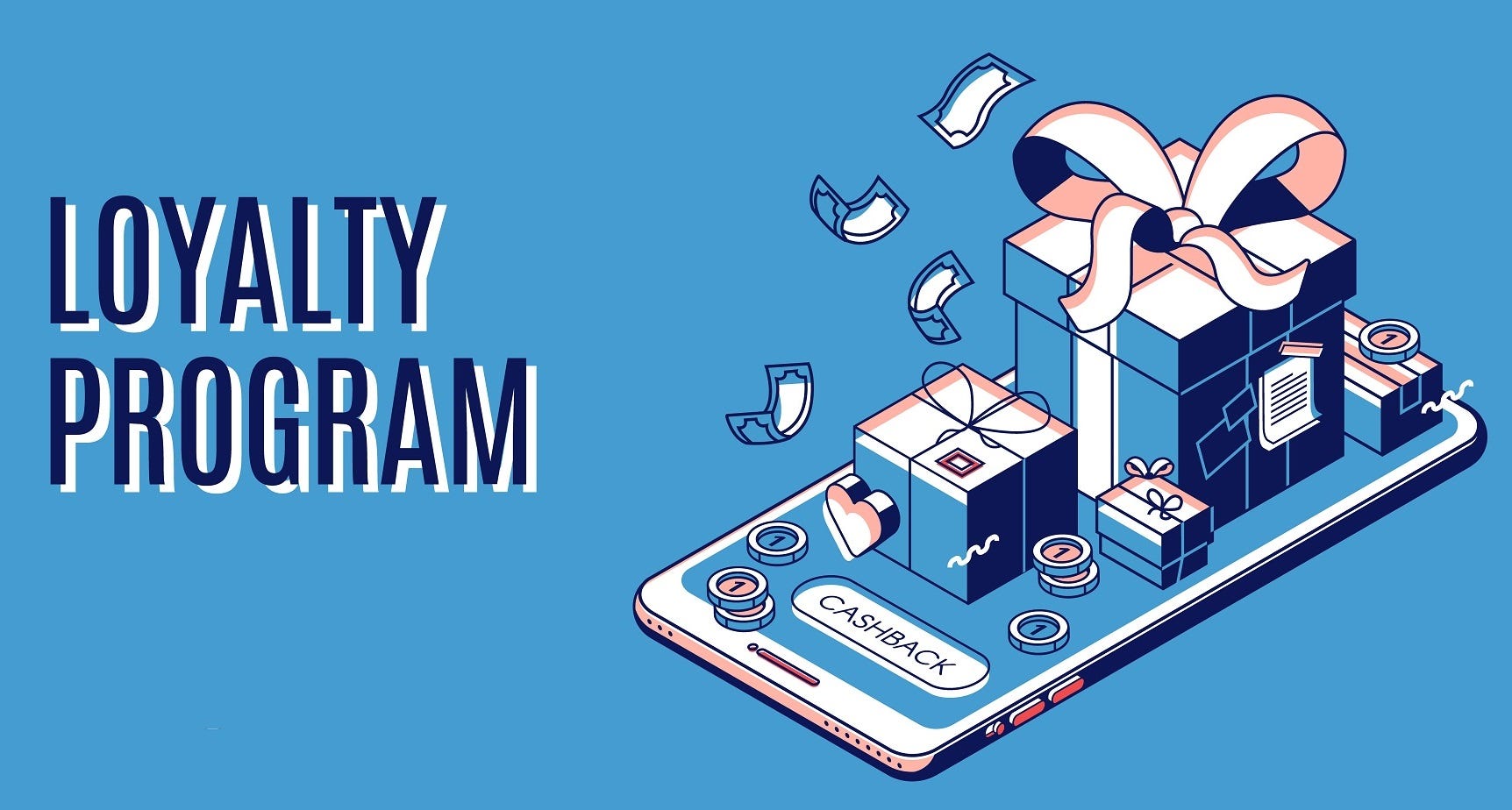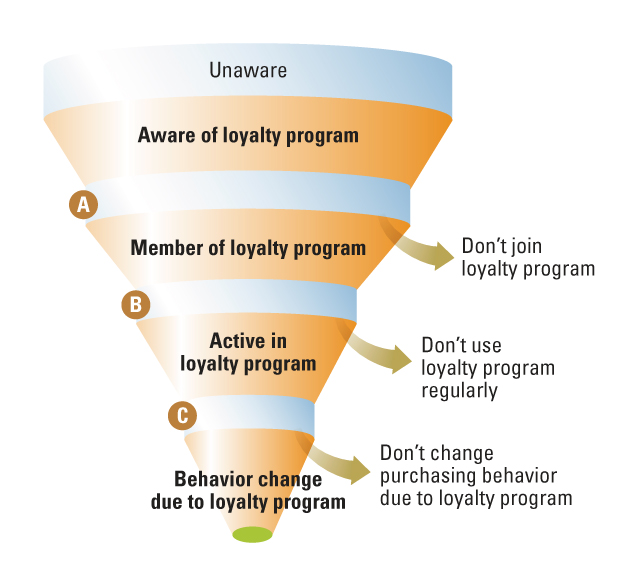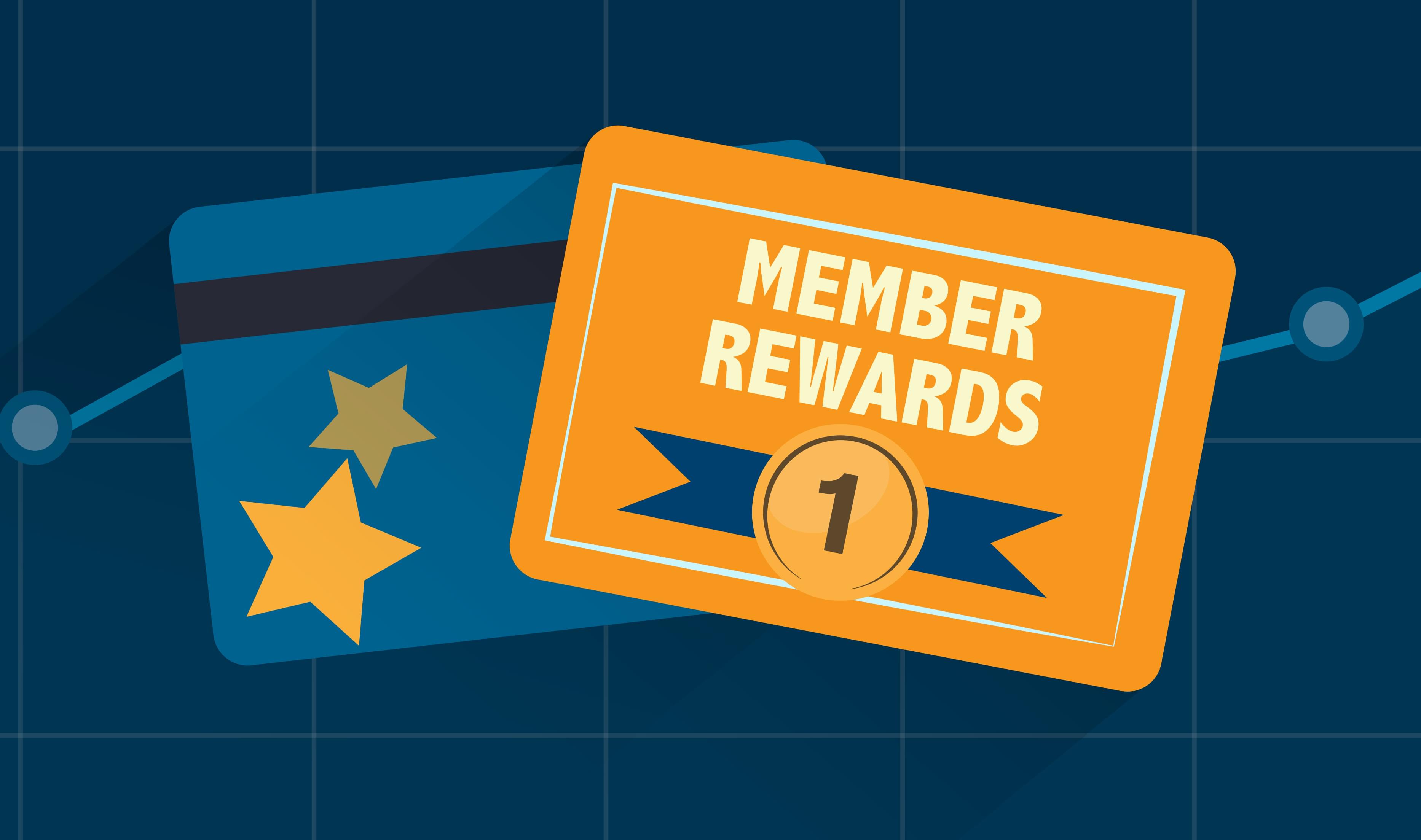All Categories
Featured
Table of Contents
In 30075, Jaidyn Park and Joe Mills Learned About Vast Majority

What if you could grow your company without increasing your costs? In truth, what if you could in fact lower your costs but increase your sales, every year? Would you do it? If you're a company owner, then you'll likely offer a resounding 'yes', an easy answer to an even simpler question.
A rewards program tracks and rewards particular costs behavior by the customer, supplying unique advantages to faithful customers who continue to go shopping with a particular brand name. The more that the client spends in the shop, the more benefits they receive. Over time, this incentive develops devoted consumers out of an existing consumer base.

Even if you currently have a benefit program in location, it's a good concept to dig in and fully comprehend what makes customer loyalty programs work, along with how to execute one that costs you little money and time. Do not worry, I'll assist you with that. I'll break down the main benefits of a loyalty program and the finest ways to produce loyal customers.
Let's dig in. Consumer loyalty is when a client go back to do company with your brand over your rivals and is largely affected by the positive experiences that the client has with your brand name. The more positive the experience, the most likely they will return to patronize you. Customer loyalty is exceptionally crucial to businesses because it will help you grow your service and sales faster than a simple marketing plan that concentrates on hiring brand-new customers alone.
A few methods to measure client loyalty include:. NPS tools either send out a brand name performance survey by means of e-mail or ask clients for feedback while they are checking out an organization's website. This details can then be used to better comprehend the likelihood of client commitment. A repurchase ratio determines the ratio of repeat purchasers versus one-time buyers.
Customer commitment index (CLI). The CLI tracks client loyalty with time and is similar to an NPS study. Nevertheless, it takes into account a couple of additional aspects on top of NPS like upselling and redeeming. These metrics are then utilized to evaluate brand commitment. A customer loyalty program is a marketing technique that rewards customers who make purchases and engage with the brand name on an ongoing basis.
Consumer benefits programs are developed to incentivize future purchases. This encourages them to continue working with your brand. Consumer loyalty programs can be set up in lots of different methods. A popular client loyalty program rewards clients through a points system, which can then be spent on future purchases. Another kind of client commitment program might reward them with member-exclusive perks or complimentary gifts, or it might even reward them by donating cash to a charity that you and your consumers are mutually enthusiastic about.
In 50501, Jadon Oliver and Moses Proctor Learned About Agile Workflows
By providing rewards to your clients for being devoted and encouraging, you'll develop a connection with them, deepening their relationship with your brand and hopefully making it less likely for them to change to a rival. You have actually likely seen client commitment programs in your own shopping experience, whether at your favorite coffee shops or your most frequented grocery shops.
But simply since everyone is doing it does not mean that's a sufficient factor for you to do it too. The better you comprehend the advantages of a client rewards program, the more clarity you will have as you produce one for your own store. You won't be distracted by interesting benefits and complicated commitment points systems.
Remember: work smarter, not harder. Customer retention is the primary benefit of a benefits program that serves as a structure to all of the other benefits. As you provide incentives for your existing customer base to continue to buy from your shop, you will supply your store with a consistent circulation of money month after month.
By growing your retention rate, you can stop spending as much time or cash on increasing your overall number of consumers. Why is this crucial? Loyal customers have a greater conversion rate than brand-new consumers, indicating they are more most likely to make a deal when they visit your store than a new client.
By increasing your retention rate by just 5 percent, you can increase your earnings by 25 percent and as much as by 95 percent. Needless to say, your retention rate matters. Key Takeaway: If you wish to substantially increase your earnings, offer incentives for your existing consumers to continue to patronize your shop.
And you won't have to spend money on marketing to get them there. Client acquisition (aka generating new consumers) takes a great deal of effort and cash to encourage total strangers to trust your brand, come to your shop, and attempt your products. In the end, any cash made by this brand-new consumer is eclipsed by all of the cash invested in getting them there.
Secret Takeaway: If you want to lower costs, concentrate on customer retention rather of customer acquisition. When you focus on providing a favorable individualized experience for your existing consumers, they will naturally tell their family and friends about your brand. And with each subsequent deal, faithful consumers will inform even more people per deal.
In Framingham, MA, Lina Hester and Gerald Mitchell Learned About Mobile App
The very best part? Since these brand-new customers came from relied on sources, they are more most likely to become faithful consumers themselves, spending more on average than brand-new clients generated by other marketing efforts. The Chase Ultimate Rewards program, for example, provides major benefits for individuals who travel a lot.
The 'ultimate rewards' that Chase cardholders get consist of 2x points per dollar invested in all travel purchases as well as main rental automobile insurance coverage, no foreign deal costs, trip cancellation insurance coverage, and purchase defense. For people who take a trip a lotand have disposable earnings to do sothere is a massive incentive to spend cash through the supreme benefits program.
This entire procedure makes redeeming benefits something worth extoling, which is precisely what many cardholders end up doing. And to assist them do it, Chase offers a bonus for that too. Key Takeaway: Make it simple for your consumers to boast about you and they will get the word out about your purchase totally free.
As soon as you get the essentials down, then using a commitment rewards app can help look after the technical information. Here are the steps to start with creating your client loyalty program. No customer wishes to purchase products they do not desire or require. The exact same opts for your loyalty program.
And the only way to tailor an alluring consumer loyalty program is by intimately knowing your customer base. The finest way to do this? By implementing these strategies: Build client contact info wherever possible. Guarantee your organization is continuously building a detailed contact list that allows you to gain access to existing clients as often and as quickly as possible.

Track customer behavior. Know what your clients want and when they want it. In doing so, you can expect their desires and needs and offer them with a commitment program that will satisfy them. Classify consumer personal traits and preferences. Take a multi-faceted method, do not restrict your commitment program to simply one avenue of success.
Encourage social media engagement. Frame techniques to engage with your customers and target audience on social networks. They will quickly offer you with really informative feedback on your items and services, permitting you to much better understand what they get out of your brand. As soon as you have exercised who your clients are and why they are doing organization with your brand name, it's time to decide which kind of commitment rewards program will encourage them to stay faithful to you.
In 11530, Elyse Mays and Crystal Shaffer Learned About Potential Clients
However, the most common consumer commitment programs centralize around these primary principles: The points program. This kind of program concentrates on satisfying consumers for each purchase they make with points in a point system. These points can then either be utilized on future purchases or put towards some kind of reward.
The paid program. This type of program requires clients to pay a one-time or yearly fee to join your VIP list. Commitment members who belong to this list are able to access special rewards or member-exclusive benefits. The charity program. This kind of program is a little different than the others.
This is achieved by motivating them to do company with the brand name and, in return, their loyalty will be rewarded with a contribution to a charity. The tier program. This kind of program focuses on increasing levels of brand commitment. The more devoted a client is to a brand, the greater tier they will reach and the much better the benefits they will get.
This type of program is simply as it sounds, where one brand name partners with another brand to offer their collective audiences with special member discount rates or deals that they can redeem while doing service with either brand name. The community program. This type of program incentivizes brand name loyalty by supplying its members with access to a like-minded community of people.
This type of program is relatively comparable to paid programs, nevertheless, the subscription cost occurs regularly rather than a one-time payment. Next, choose which consumer interactions you 'd like to reward. Base these benefits around which interactions benefit your company the a lot of. For example, to help your service out, you can offer action-based benefits like these: Reward clients more when working with your brand during a slow period of the year or on an infamously slow day of company.
Reward clients for engaging with your brand name on social networks. Incentivize specific products you are trying to move rapidly. Incentivize purchases that are over a certain dollar quantity. The concept is to make your customer commitment program as simple as possible for your customers to use. If your customer loyalty program isn't personnel friendly, isn't easy to track, is too pricey to run, or isn't simple for your consumers to use or understand, then staff and customers alike probably won't make the most of it.
To remove these barriers to entry, consider integrating a customer loyalty software application that will help you keep top of all of these aspects of your program. Some quality customer program software consist of:. CandyBar is a digital punch card program. It works by tracking your client's purchases through an app on a computer system, phone, or tablet.
In 52001, Abel Delacruz and Kaleb Sharp Learned About Linkedin Learning
Loyalty members can then inspect their rewards through text and business owners can use the program to contact their clients. Yotpo. Yotpo is a cloud-based consumer commitment platform specifically for eCommerce companies. This software application is especially proficient at gathering every kind of user-generated content, helpful for customizing a better client experience.
Loopy Loyalty is an useful consumer commitment software for services that primarily utilize Google Wallet or Apple Pay as their payment platforms. The software creates a digital commitment card that sends out push notices to their consumers' phones when they are in close distance to their brick and mortar store. As soon as you've made the effort to choose which customer loyalty techniques you are going to implement, it's time to begin promoting and signing up your first commitment members.
Usage in-store advertisements, incorporate call-to-actions on your website, send promotions via email newsletters, or upload marketing posts on social media to get your customers to sign up with. It's important to comprehend the primary advantages of a consumer rewards program so that you can produce a tailored experience for both you and your client.
Think of it. You know what kinds of items your clients like to purchase however do you know what brings them back, day after day, week after week? What makes them choose your shop over the shop throughout the street? What makes them your client and not the customer of your greatest competitor? Remarkably, the responses to these questions don't boil down to discount prices or quality items.
Latest Posts
Web Design Services + Website Development Agency Tips and Tricks:
Web Design Services + Website Development Agency Tips and Tricks:
Responsive Web Design - A List Apart Tips and Tricks: